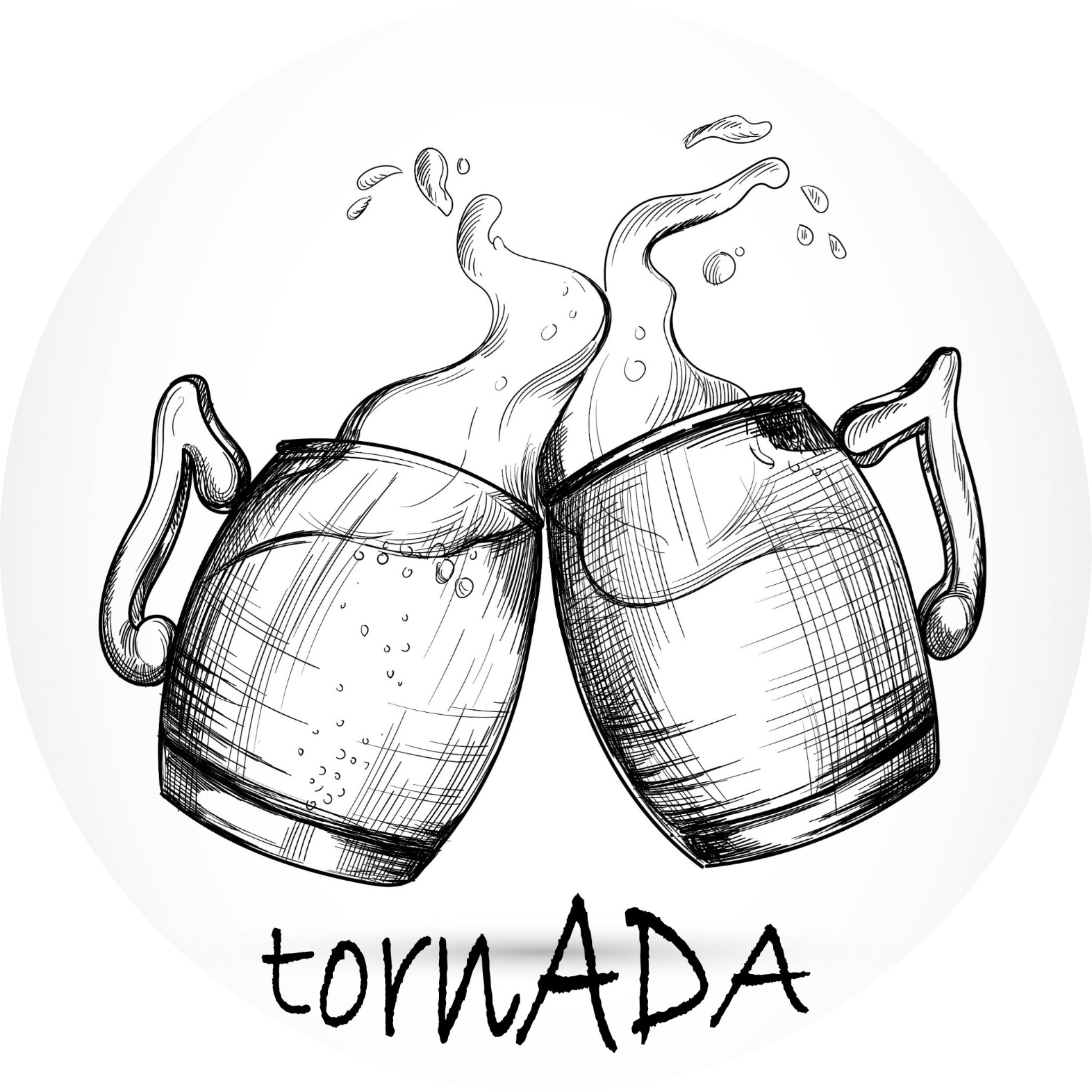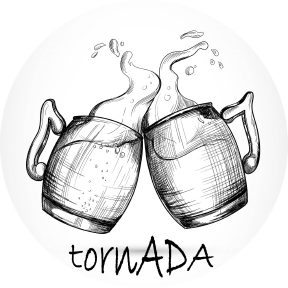Welcome to our data story, where we embark on a fascinating journey through the world of beers. Our goal? To compare and contrast the beers owned and produced by big companies and those crafted by small (and sometimes) independent breweries. The data you’ll encounter in this story is taken directly from Beer Advocate, a site focused on collecting reviews of beers from users all around the world. Users can rate a beer based on 4 characteristics: taste, palate, appearance and aroma. They also enter an overall rating. Additional information we have is the location of the user, the date the review was entered into the site, and the brewery from which came the beer. Armed with this data we will attempt to answer the question:
When it comes to beer, does size matter?
Where does our beer come from? The beer market is highly complex, and in constant evolution. A large portion of said market is controlled by a small number of huge corporations. Did you know that Feldschlösschen, a Swiss brewer, is in fact owned by the Carlsberg Group, a Danish conglomerate!? Before embarking on this journey in data analysis, we didn’t either!
Let’s start with a global view:
In fact, just 5 companies hold more than 50% of the global market share, and accumulation of said market has been growing in the past two decades, due to high M&A activity. The gap between small breweries and large corporations has become starker by the year. The following graphs illustrate this impressive (and somewhat sobering) fact. We identified 5 of the largest players in the industry: AB InBev, Heineken, Carlsberg, Molson Coors and Diageo.
Let’s start with a global view:
Annual sales by companies
Mean ratings of big companies
Before getting into serious analysis, we must first answer the question: what makes a beer big? This question is not easy to answer, as there are small breweries owned by large groups, and as mentioned earlier, M&A activity and disposals are frequent. What we did was consider the five companies mentioned above, and identify, year by year, what breweries they owned. A beer will henceforth be considered ‘big’ if it was brewed in a brewery owned by one of these groups, and ‘small’ otherwise. We will mention that our dataset contains about 5% of big beers.
Let’s dig deeper into our data. We’ll start by looking at some of the values that we have, such as overall score, and ratings for different aspects: taste, palate, appearance and aroma. In the following graphs, we get a first glimpse at what these values look like when the dataset is broken up into six subsets: one for each company we consider, and one subset, ‘others’, that corresponds to small beers.


Well, it looks like small beers are generally more appreciated,
but let’s not jump to any conclusions! We’ll continue by getting
a glance at our data from another angle. Every cook has a favorite
recipe that they master to perfection. So, what beers does each company
hold dear?
In the following table, we show the top 3 rated beers from each company,
along with its ranking among all beers, in order to get an idea of how the
flagships of the big beer industry fare in the world of beer.
The numbers in parenthesis below are the overall ratings of the beers, and below are their global ranking.
| Placement | Carlsberg | Diageo | Heineken | InBev | MolsonCoors | Others |
|---|---|---|---|---|---|---|
| # 1 | Carnegie Porter 5,5% (4.16) | Guinness Special Export Stout / Antwerpen Stout (4.12) | High West-ified Imperial Coffee Stout (4.37) | Proprietor's Bourbon County Brand Stout (4.70) | Mosaic Double IPA (4.32) | Kentucky Brunch Brand Stout (4.84) |
| # 2 | Sinebrychoff Porter (4.16) | Guinness Foreign Extra Stout (4.08) | Born Yesterday APA (4.37) | Rare Bourbon County Stout (4.69) | Terrapin Cinnamon Roll'd WnB Oatmeal Stout (4.25) | Good Morning (4.79) |
| # 3 | Okocim Porter (4.06) | West Indies Porter (4.78) | The Waldos' Special Ale (4.31) | Nutulhu (4.68) | W-n-B Coffee Oatmeal Imperial Stout (4.21) | R&D Sour Fruit (Very Sour Blackberry) (4.77) |
It looks like most of the staples of each company are fairly highly rated,
but when we take the “Others” column into account, things start to change.
Relative to small beers it seems like big beers are lower rated! But this is
just the view from the top, and things up here are lonely sometimes. Let’s try
getting some statistics into the mix, to see if we can truly say that smaller beers
are more highly rated!
To verify this, we’ll do a hypothesis test: we define our null as ‘there is no significant difference in overall beer ratings due to beer size’, where ‘beer size’ refers to if the beer was produced by a big or a small brewery. However, before doing anything, we need to account for confounders!
We do a first matching by users. That is, we restrain our dataset such that every review for a small beer is matched to a review for a big beer authored by the same person.
We also perform a different matching: this time, by style of beer and alcohol content - these are very important factors to take into account for beer!
Let’s have another look at the distribution of overall ratings by group, and for small beers.
Again, we get the feeling that small beers have
the upper hand. Maybe the love that the small
brewers put into their beer vats made it all the
way to BeerAdvocate.com!
That was fun and all, but still a bit
wishy-washy. It’s time to bring out
some heavy machinery: a T-Test.
We perform a dependent relative T-Test in both cases, and get the following results:
| t-test for 1st matching | statistic: -190.0 p-value: 0.0 |
| t-test for 2nd matching | statistic: -64.1 p-value: 0.0 |
We also perform a different matching: this time, by style of beer and alcohol content - these are very important factors to take into account for beer!
Wow! These results are very impressive! They allow us to very confidently assert that small beers are better rated than big beers. Take that, Heineken!
The math does not lie: small beers are rated significantly better than big beers. This is bad news for beer enthusiasts - as we saw, huge beer conglomerates are increasingly taking over the global market. So when choosing a beer at your local pub, avoid Heineken and Guinness, and rather go for a Bière de Lausanne!


